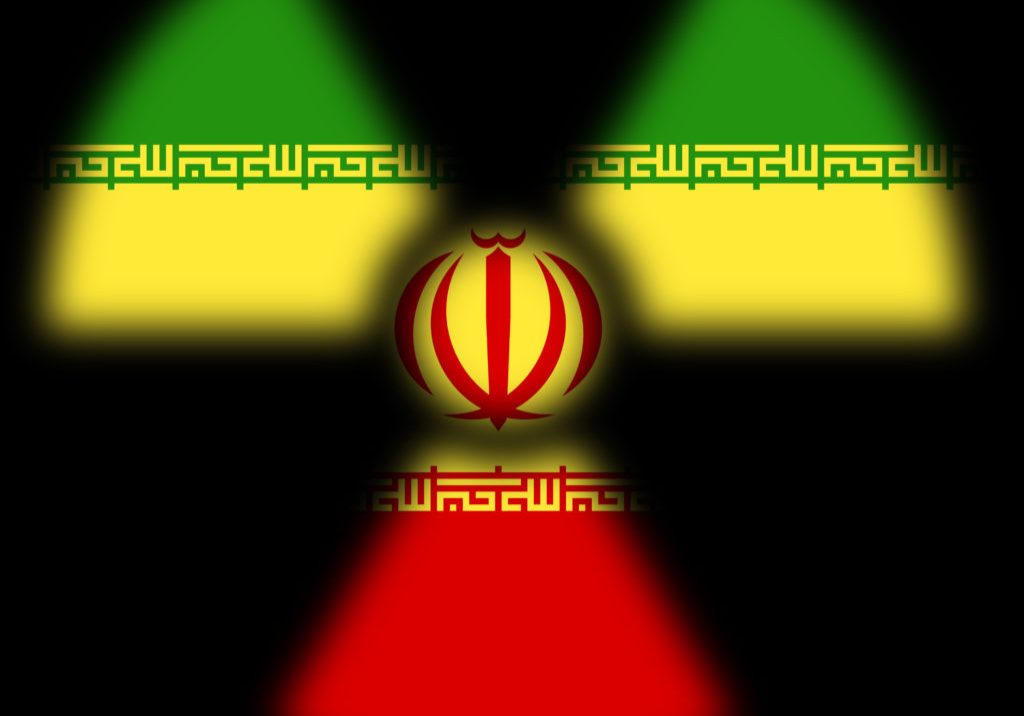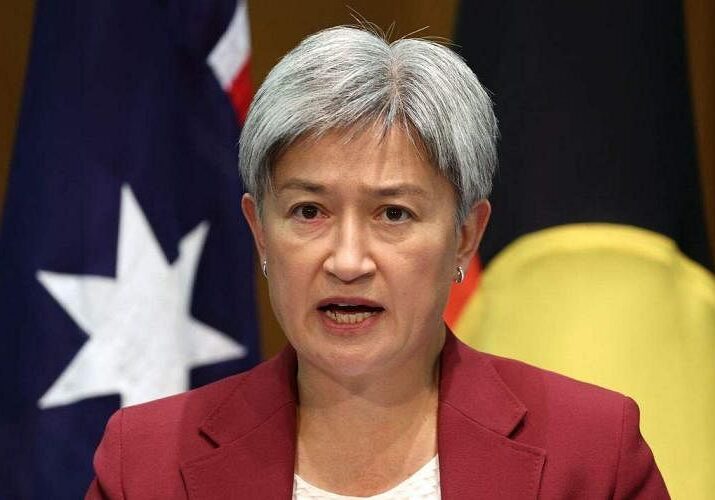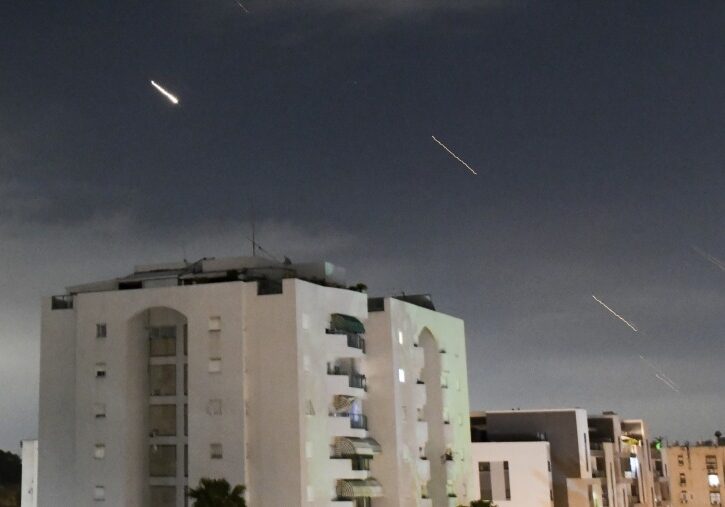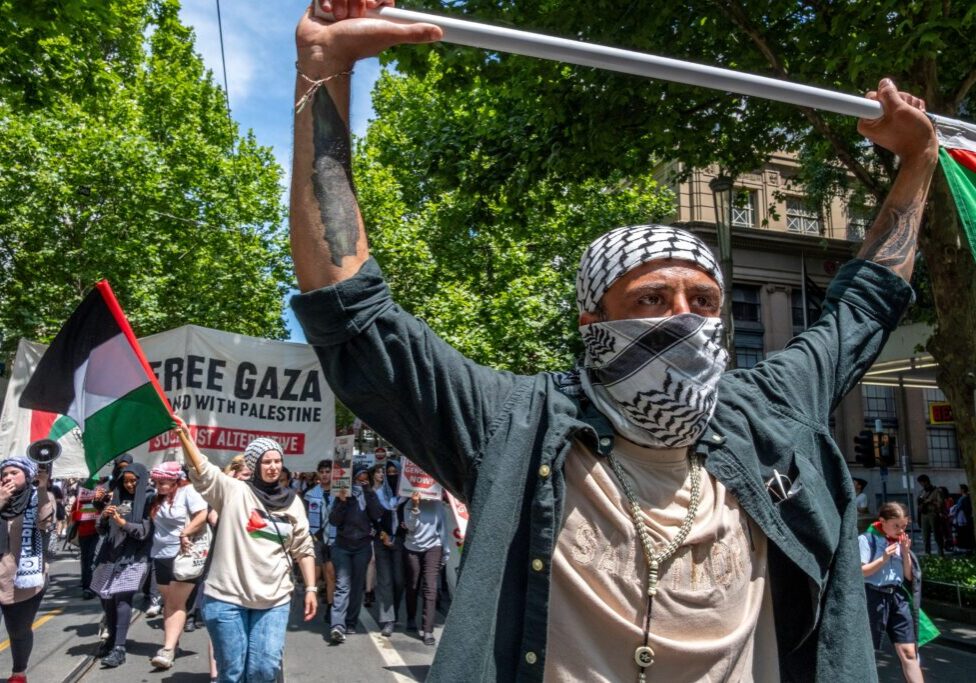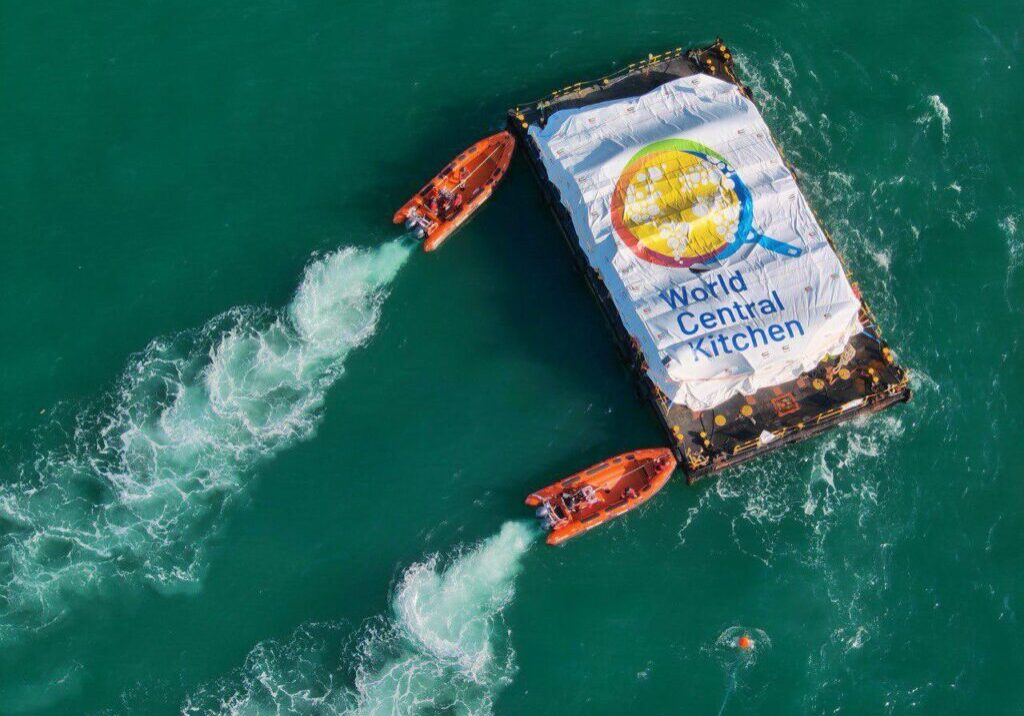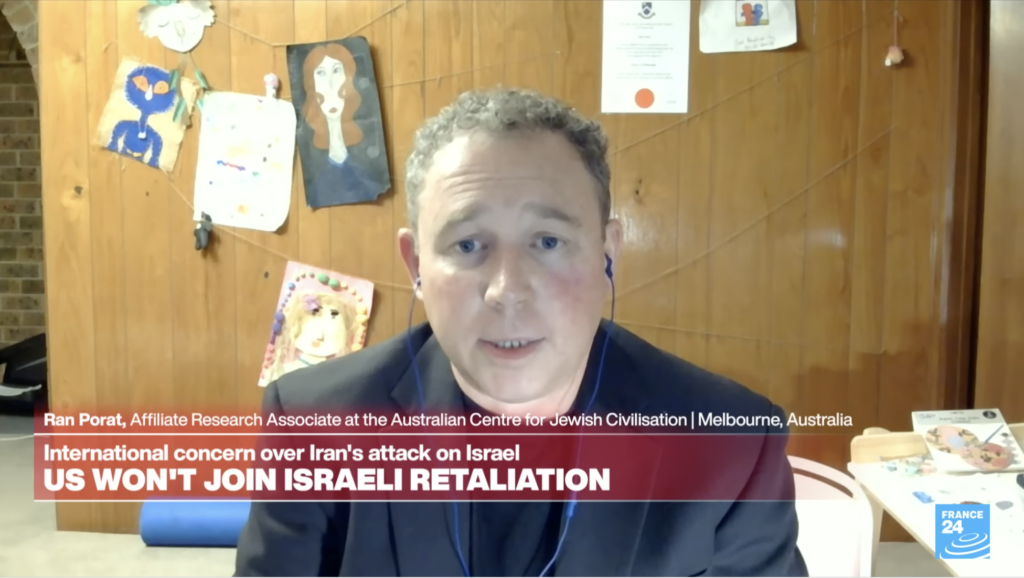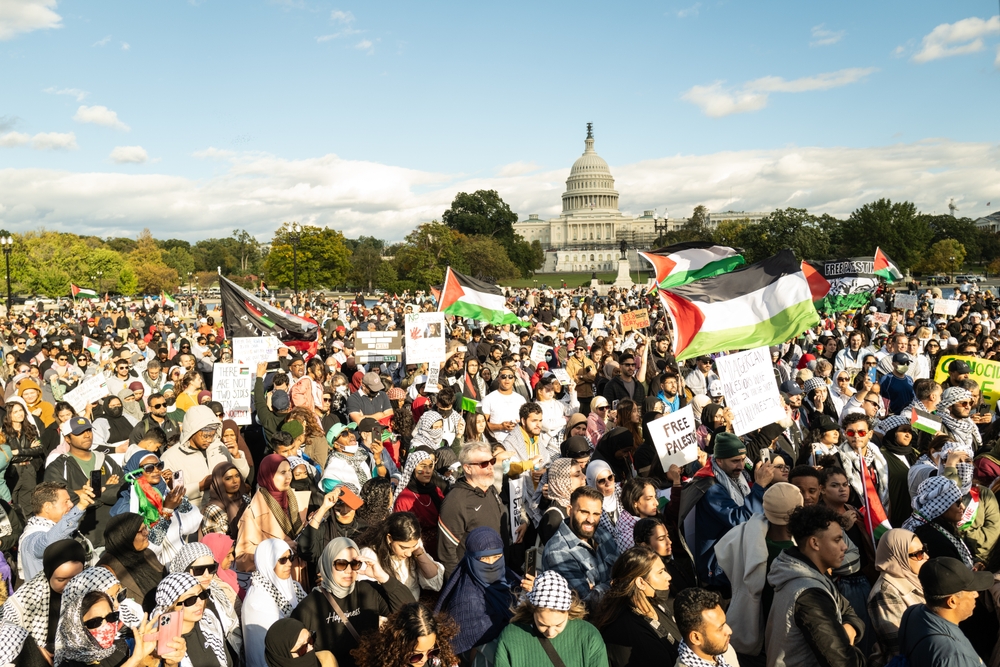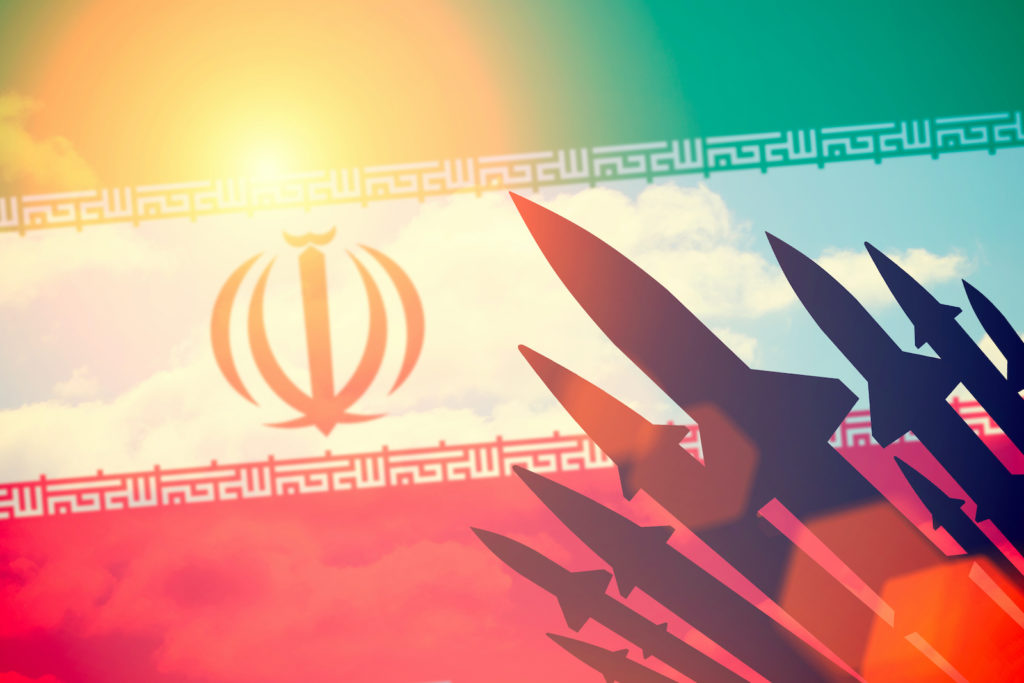IN THE MEDIA
The Truth about Gaza… and its wider significance
Jun 16, 2010 | Colin Rubenstein
Colin Rubenstein
** An edited version of this article appeared in the Canberra Times on June 16, 2010 ***
The tragic events of May 31 – when 9 Turkish blockade runners were killed in a clash with Israeli troops at sea – has focused attention on the current situation in Gaza. Unfortunately, much that is being said about the history and current reality of that unhappy territory is poorly informed.
Crowded, resource-poor Gaza has never been a particularly pleasant place to live. Slated to be part of a Palestinian state under the 1947 UN partition plan, when the Arab states followed up their rejection of the plan with a military attack, Gaza ended up under neglectful Egyptian military rule. When Israel captured it in the 1967 war, the area was dirt poor, with unemployment topping 40%, and average GDP per capita around US$150 per year.
From 1968 through 1986, as many Gazans found work in Israel, and investment in health, education and other infrastructure increased greatly, per capita income in Gaza and the West Bank combined rose tenfold, from $165 to $1,715, leaping ahead of the populations of neighbouring countries like Egypt, Turkey, Jordan and Tunisia. Life expectancy and education increased markedly, while infant mortality plummeted.
Conditions deteriorated over the subsequent two decades as terrorist campaigns repeatedly led to border closures and economic paralysis.
Moreover, massive aid following the establishment of Palestinian Authority rule in 1995 was largely squandered due to corruption and mismanagement.
The terror campaigns were largely the result of the activities of Hamas, the Gaza-based Palestinian rejectionist terror group associated with the international Muslim Brotherhood but bank-rolled mainly by Iran. After 2003, Hamas, unable to penetrate the Gaza border for terror attacks, increasingly began to use homemade and imported rockets directed at Israeli civilian towns.
In 2005, Israeli Prime Minister Ariel Sharon unilaterally pulled all Israeli troops and settlers out of Gaza. This should have been an opportunity to improve the lot of Gazans through self-government, aid and investment, but the opposite occurred.
In January 2006, Hamas won a plurality of votes in a Palestinian legislative election. Their victory depended on the corruption of the rival Fatah party, and Hamas’ claim to have successfully used terrorist “resistance” to drive Israel out of Gaza. Following a year of tense and dysfunctional unity government, in June 2007, Hamas staged a bloody coup in Gaza, killing and driving out many members of Fatah.
Rocket fire into Israel increased dramatically. Over 8000 rockets were fired between 2004 and 2010, making normal life in many southern Israeli towns all but impossible. Moreover, with help from Iran, the ranges of the rockets kept increasing, placing more Israel cities under constant threat, leading ultimately to a full-scale war at the end of 2008.
Israel and Egypt both imposed a blockade on Gaza starting with the 2007 coup, controlling by land and sea the entry of military and dual use items – but not most civilian needs. It was designed to reduce Hamas’s ability to arm itself, and to prevent the permanent entrenchment of the increasingly repressive theocratic regime being established in Gaza.
This is an accepted legal option in any state of armed conflict – in this case created by the reality that Hamas openly insists that it is at war and seeks Israel’s elimination.
The blockade does adversely affect the standard of living of Gazans (as any state of war usually does to civilians) but this should not be exaggerated. Repeated reports make it clear that the shops are full and no-one is starving. Even Hamas officials admit as much.
In excess of one million tons of food, fuel, medical supplies, hygiene products, cooking gas and other basic needs were supplied to Gaza over the past 18 months across the Israeli border. That’s almost 1 ton per inhabitant.
In addition to the massive physical aid, in the past three years, more than US$5 billion in government and non-government funds have been transferred to the territory (more than US$3000/person).
Meanwhile, the luxuries not allowed in from Israel flood into the shops through Hamas-controlled smuggling tunnels under the Egyptian border.
The Gaza situation is part of the larger profound struggle taking place in the Middle East. This pits Iran and its allies – including Hamas – against most Arab governments, who fear Iran’s hegemonic regional ambitions. For this reason, despite their public protests, most Arab governments tacitly support the blockade of Gaza, as does the PA, which is in an effective state of civil war with Hamas.
Turkey , once friendly to Israel but with a changed ideological direction over recent years, is a new factor in this equation, determined to exploit the current crisis to the hilt. The Islamist AKP government in Ankara has some ideological affinities with Hamas, and clearly authorised the blockade-busting ambush by the Turkish NGO IHH.
More importantly, Ankara is now seeking a leadership role in the Middle East and picking fights with Israel on behalf of Palestinians is one way to win attention there.
In reality, there can be only one way forward for Gaza, which everyone of good will knows – an Israeli-Palestinian agreement leading to the establishment of two states living in mutual peace and security. With significant economic and state-building progress occurring in the West Bank, and the last four Israeli governments all publicly committed to this goal, the Iranian-backed rejectionism of Hamas in Gaza is perhaps the most critical barrier retarding this outcome today.
Meanwhile, there could be few greater blows to peace hopes than an unconditional lifting of the Israeli and Egyptian blockade of Gaza. The net result would likely see Hamas empowered by Iranian funds, expertise and armaments, keen and better able to take on both Israel and the PA, with its reputation vastly enhanced. Hezbollah in Lebanon, now armed with Scuds and other advanced weaponry, will be the model.
Anyone who really cares about the welfare of Gazans will seek first and foremost to end, or at least change dramatically, Hamas’ brutal rule and its total resistance to any genuine Israeli-Palestinian peace.
Dr. Colin Rubenstein is Executive Director of the Australia/Israel & Jewish Affairs Council.
Tags: Israel

